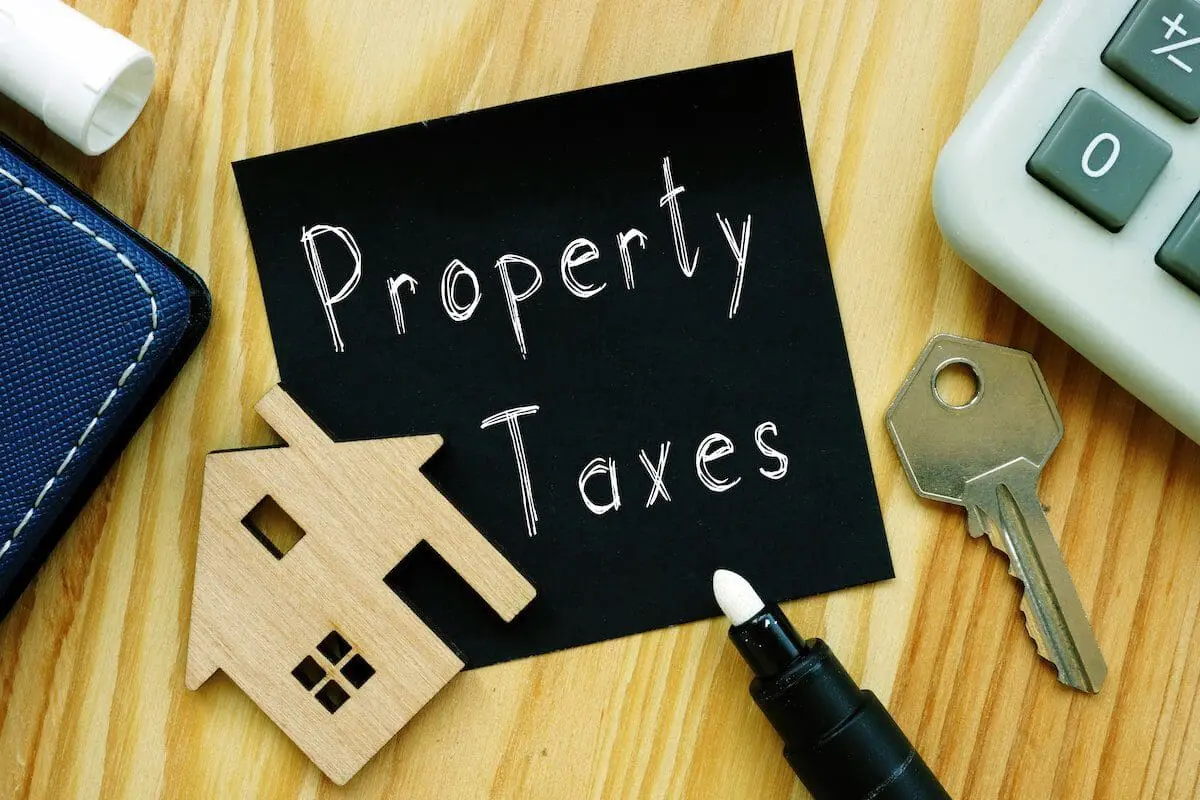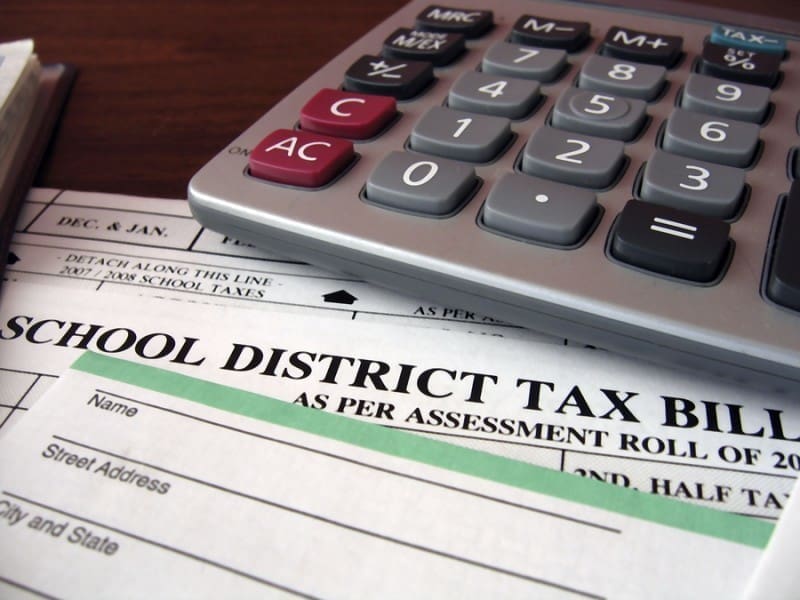Want to know who’s responsible for increases in your property tax bills? The most influential players are your local taxing entities — cities, counties, school districts, and other special purpose districts. They decide what tax rates to apply to your property after its taxable value is determined. But others also play a role.
Property taxes in Texas are overseen by the Texas Legislature. They set the laws that guide the property tax process. Every two years, lawmakers have an opportunity to improve that process. Other players include county appraisal districts (CADs) and tax assessor-collectors.
Let’s look at each of these players and their roles in the process. Keep in mind your total tax bill equals your appraised property value multiplied by the tax rate set by each local taxing entity.
County Appraisal Districts
Prior to 1981, CADs didn’t exist and each taxing entity set its own values for the property it taxed. During the 1979 legislative session, the Property Tax Code was established and 254 county appraisal districts were created. In 1982, all taxing entities began using the same appraised property values from their local CAD.
Appraisal districts’ primary duty is ensuring all the county’s taxable property is on the appraisal roll and appraised at market value as of January 1 of each year. They’re also responsible for applying local exemptions and the state homestead cap (currently 10 percent a year). CADs then report this information to taxpayers, taxing entities, and tax assessor-collectors.
By state law, on April 15 CADs send all property owners a notice of appraised value. This is followed by a 30-day period in which property owners can file a protest of that value. After protest hearings, the chief appraiser has until July 25 to certify the appraisal roll values and submit that information to the county’s taxing entities and tax assessor-collector.
Local Taxing Entities
The most influential players in the tax bill-setting process are your local taxing entities. They decide what tax rates to levy against your property values, and whether to offer any exemptions.
At this stage in the process, local taxing entities such as county commissioners courts, city councils, school boards, water districts, and other special districts review the certified property values. Then, in conjunction with their budgeting process, they set a tax rate that will collect from taxpayers the amount of money they want to spend.
During this process, entities are required by Truth in Taxation laws to notify taxpayers of the “effective tax rate” and “rollback rate.” The rollback rate is the maximum rate allowed by law without voter approval. Currently, any rate higher than an eight-percent increase triggers either an automatic tax ratification election (for school districts) or an opportunity for local citizens to petition for a rollback election. Property tax reform proposed last session would have lowered the rollback rate to four percent and eliminated the petition requirement, making rollback elections automatic.
The effective tax rate is the calculated rate that would provide a local taxing entity the same amount of tax revenue it collected the year before on property taxed in both years. A simple rule is that as property values increase, tax rates must go down to prevent property taxes from rising. Any rate above the effective tax rate will increase tax bills.
A recent law requires 60 percent of a taxing entity’s voting members to approve a tax rate increase; otherwise, the effective tax rate (or prior year’s rate, if lower) is automatically adopted. Taxing entities know appraised values (and the effective rate) prior to setting their tax rates every year, so they know when they’re choosing to raise taxpayers’ property tax bills.
Tax Assessor-Collectors
To clear up a common misconception: In Texas, the “assessor” part of the title has nothing to do with setting property values. The assessing part of a tax assessor’s job is to gather appraisal information from the CAD and tax rate information from the taxing entities. That information is then processed and used to calculate the tax bills sent out to all property owners. At this point, the “collecting” job begins. In a consolidated tax office, the tax assessor-collector ensures that all funds collected are accounted for and properly disbursed to the appropriate entities.
Every county in Texas has an elected tax assessor-collector, but not all of them are responsible for assessing and collecting property taxes. Some taxing entities choose to contract these duties out to other parties. If you live in a county with a tax assessor-collector that collects for multiple entities, your tax bill will have multiple lines to represent each of the entities they collect for; if not, you could receive multiple tax statements.
Taxpayers
Where do taxpayers fit into the process, besides paying the bills? With a full understanding of the process, taxpayers can hold their local and state officials accountable at every step. Feel free to reach out to me for more details at scott@electscottgrigg.com.
This is an outside commentary submitted and published with the author’s permission. If you wish to submit a commentary to Texas Scorecard, please submit your article to submission@empowertexans.com.




